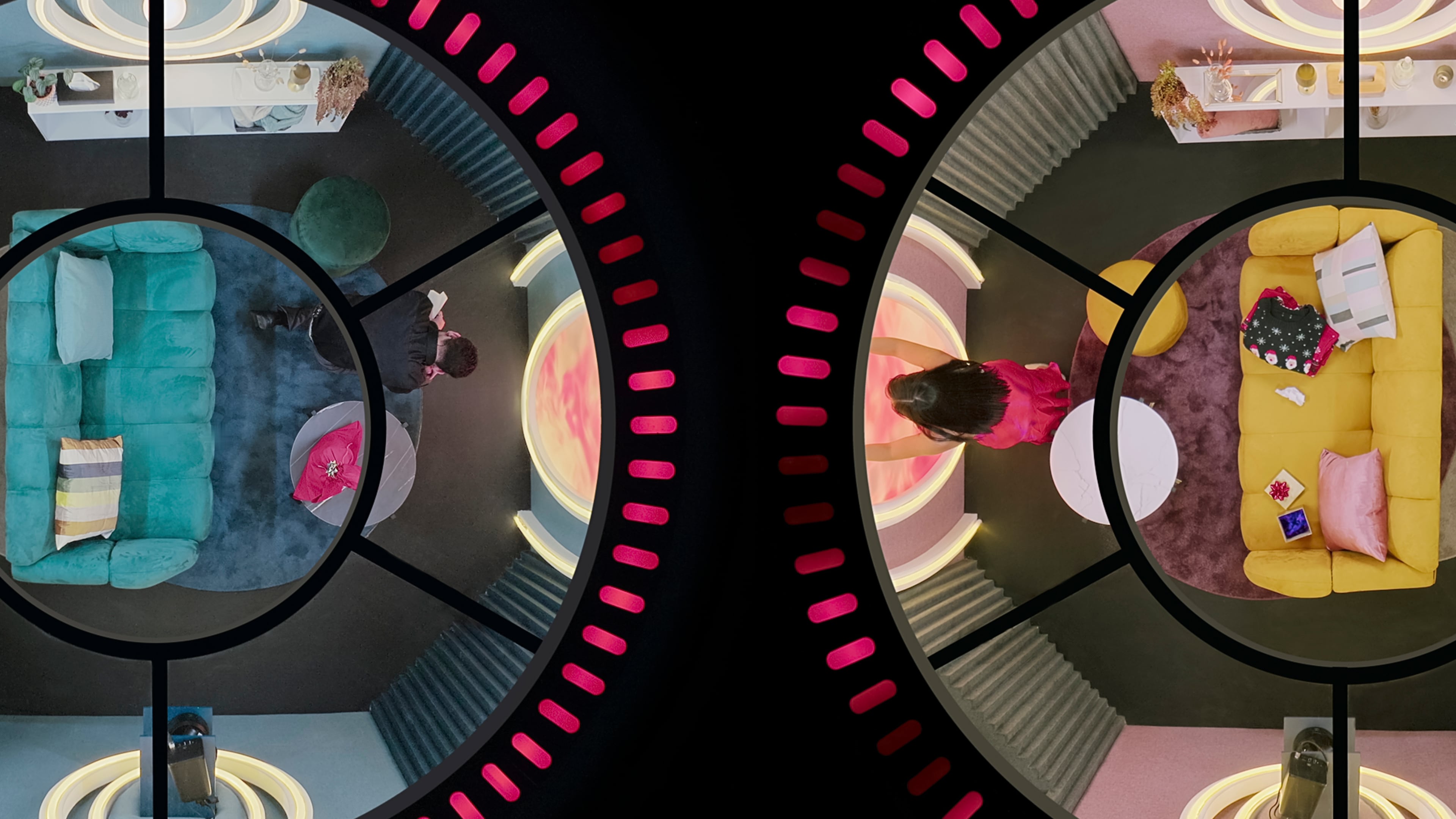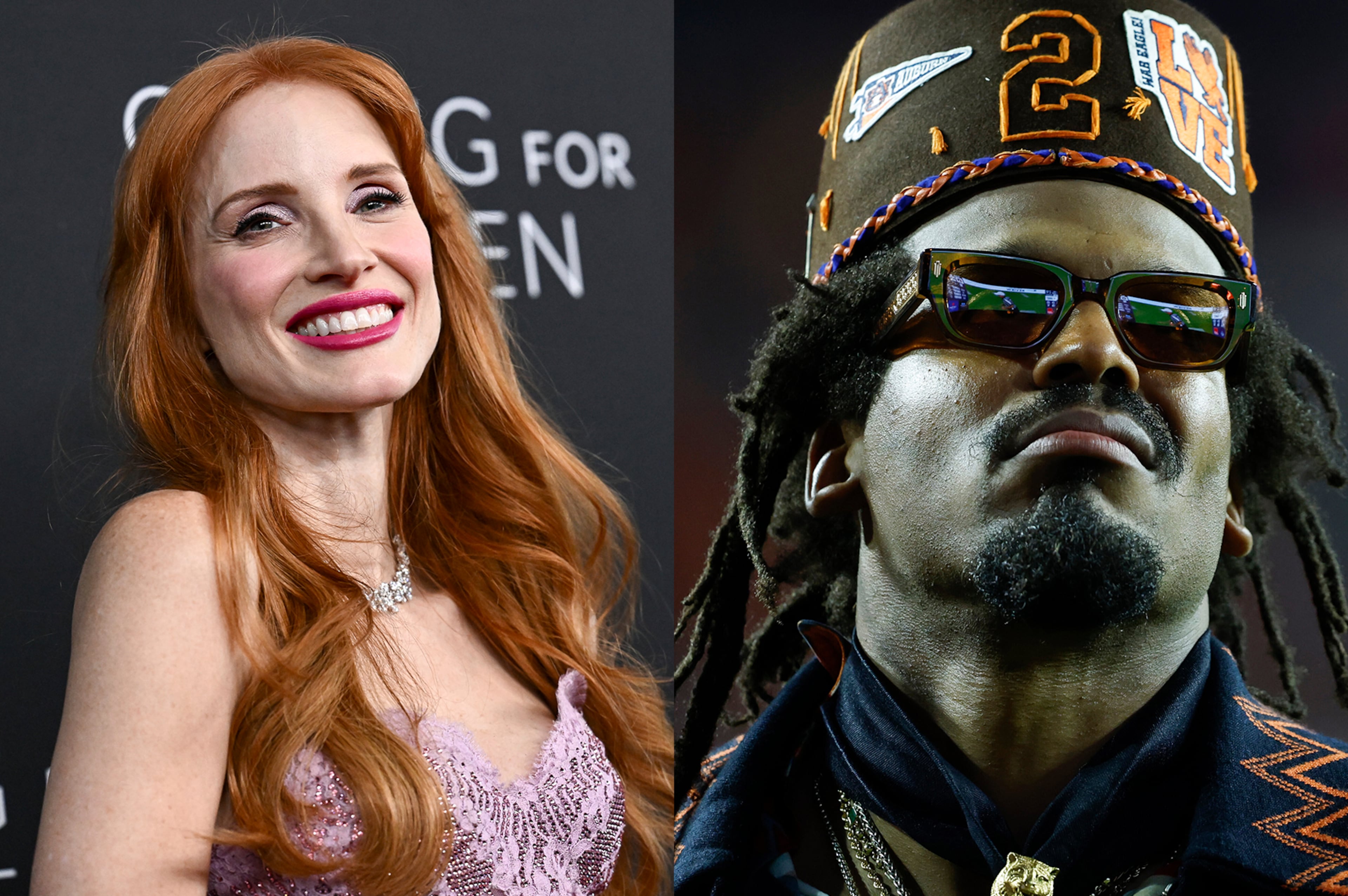How 'Love is Blind' is reshaping global views on love, from Japan to Brazil

The just-wrapped Denver season of “Love Is Blind” may be the first time the show explored the Mountain West, but the Netflix reality dating show franchise is already a well-seasoned globe-trotter.
In just five years, the show has aired seasons from nine different U.S. cities and spawned nearly a dozen international adaptations. Premised on challenging traditional ideas of love by focusing on emotional connections over physical appearance, each season reflects the cultural nuances of its environs — be that Dallas or Japan.
Romance aside, the show hasn't been received purely as a fairytale. It's been subject to lawsuits over treatment of contestants and fans and critics alike note that internalized biases cannot be ignored — something that often rears its head when the engaged pairs finally meet each other, as what seemed to happen with one ruptured engagement on the most recent season.
Still, with international versions in Brazil, Japan, Sweden, the U.K., Mexico, the Middle East, Germany, Argentina and France — and Italy and the Netherlands to come — the show has found a formula to showcase different cultural norms and the many types of love that exist.
“The duality — local authenticity plus global relatability — has allowed ‘Love Is Blind’ to not just entertain, but to subtly shape how audiences think about love across the globe,” says Brandon Riegg, Netflix’s vice president of nonfiction series and sports.
Culturally conscious adaptations
From the reserved dynamics of “Love is Blind: Japan” to the bold emotions of “Love is Blind: Brazil,” Riegg says each adaptation is designed to fit cultural norms and expectations.
“Just as importantly we’re drawn to regions with rich relationship dynamics and cultural nuances, since those stories create the most compelling adaptations,” Riegg says.
When “Love is Blind: Habibi” — an adaptation primarily filmed in Lebanon and the United Arab Emirates and featuring participants from around the Arab world — was announced, some wondered how the show would portray traditionally conservative cultures, where marriage is a family affair. Participant Safa Al Juboori says she felt the show was ultimately thoughtful in honoring the cultural values of Arab societies, including modesty, separate living arrangements, no physical intimacy and family approval.
“In fact, it echoes how our grandparents met — brief conversations, one meeting, then marriage,” Al Juboori said. “It’s a modern twist on a deeply traditional concept.”
Yet the show also created space for personal choice, Al Juboori said — something that's not always guaranteed with arranged marriages — creating what she calls “a respectful blend of tradition and autonomy.”
Dallas Short, 37, has been watching “Love is Blind” since the beginning and says the international versions — many of which feature ethnically diverse casts, too — really show how love can transcend all.
“I feel like you are seeing every race or religion and you see how we can all work together and find love,” Short said.
Kristen Maldonado, 35, another longtime viewer, recently began watching the version set in Japan, another more conservative society. She was surprised that participants were more closed-off about meeting each other's families on camera and that more couples chose to end the experience earlier instead of making their families sit through a wedding where they were going to say no — something she feels does not happen as much in the U.S. version.
“I thought that was really respectful,” Maldonado said. “It was cool to see, culturally, how different it was there than here.”
On the other end of the scale, she says, is Brazil — where participants are intimate from the get-go.
“In the Brazil one, like it’s so funny whenever they meet, the people — they immediately make out and you’re like, ‘Oh wow,’” Maldonado says.
Diversity and representation, an ongoing debate
Since the very first season aired in 2020, the fault lines of race and ethnicity have led to tensions between families and discourse among fans. During the Minneapolis season, online discourse centered on the lack of diversity — many a meme argued that the male contestants all looked the same.
Riegg said casting is intentionally inclusive, but ultimately participants — only a fraction leave the pods engaged — choose whom they connect with, looks unseen.
Taylor Krause, who married Garrett Josemans in the Washington, D.C.-set season, waited to disclose she was half-Asian. That choice drew some backlash from those who thought she should not hide her identity, but Krause says the show's premise gave her the opportunity to set race aside for a bit and have a more authentic experience.
“I am a very proud Asian American woman, but I’m also aware that my identity can sometimes be fetishized or stereotyped,” says Krause, adding she's glad she made that call.
Laura Crompton, 43, watched the first season, set in Atlanta, when she lived in the United Kingdom. At first, she didn’t understand why the relationship between Cameron Hamilton and Lauren Speed, an interracial couple, was a huge talking point — but after moving to Los Angeles, she had a better understanding of the role racial dynamics could play in a relationship in the U.S.
But even the U.K. version has proved that certain factors like ethnicity and religion cannot be ignored. Season 2, which aired in August, saw an engagement — and marriage — between Kal Pasha, who is half-Pakistani, and Sarover Aujla, who is of Indian descent. On the show, the couple discussed at length how historical religious and geopolitical tensions could affect their relationship. While their split was ultimately attributed to other reasons, Crompton realized such tensions existed in the U.K., too.
Friendship: The truest form of love?
The friendships forged on “Love is Blind” often take a backseat to the romantic relationships — but since not every couple ends up at the altar, the show has recently leaned into showing the participants' journey of self-discovery and friendship, Riegg says.
“Expanding the lens of love to include those experiences makes the show feel more authentic and meaningful,” Riegg says.
Alina Rothbauer from “Love is Blind: Germany” says the unique and intense premise led to friendships that made the experience easier, especially as participants had no contact with outside friends or family while in the pods.
“Some of the friendships we built behind the scenes are still strong today,” says Rothbauer, who married Ilias Pappas. “Those friendships helped us stay grounded during filming.”
Al Juboori said she wishes “Love Is Blind: Habibi” showed more of the friendships, as it was one of the most underrated parts of the experience.
“The friendships, among the women and men, were powerful,” she says. “In a space so emotionally intense, friendships became a lifeline — and sometimes the purest form of love.”
Queer love is blind
As the show's success grows, fans have been advocating for a queer version of the show. Riegg said while that is not in the works at the moment, Netflix is always considering new ways to reflect the many different kinds of love people are seeking.
Although he’s not sure how the logistics would work, Short — a queer man himself — thinks such a version would be an interesting season.
Krause says future seasons should reflect the many ways people experience love by casting adults who are polyamorous, disabled, neurodivergent or part of the LGBTQ+ community.
“Love is not just one storyline,” Krause says, “and I think the show has an opportunity to highlight that.”
